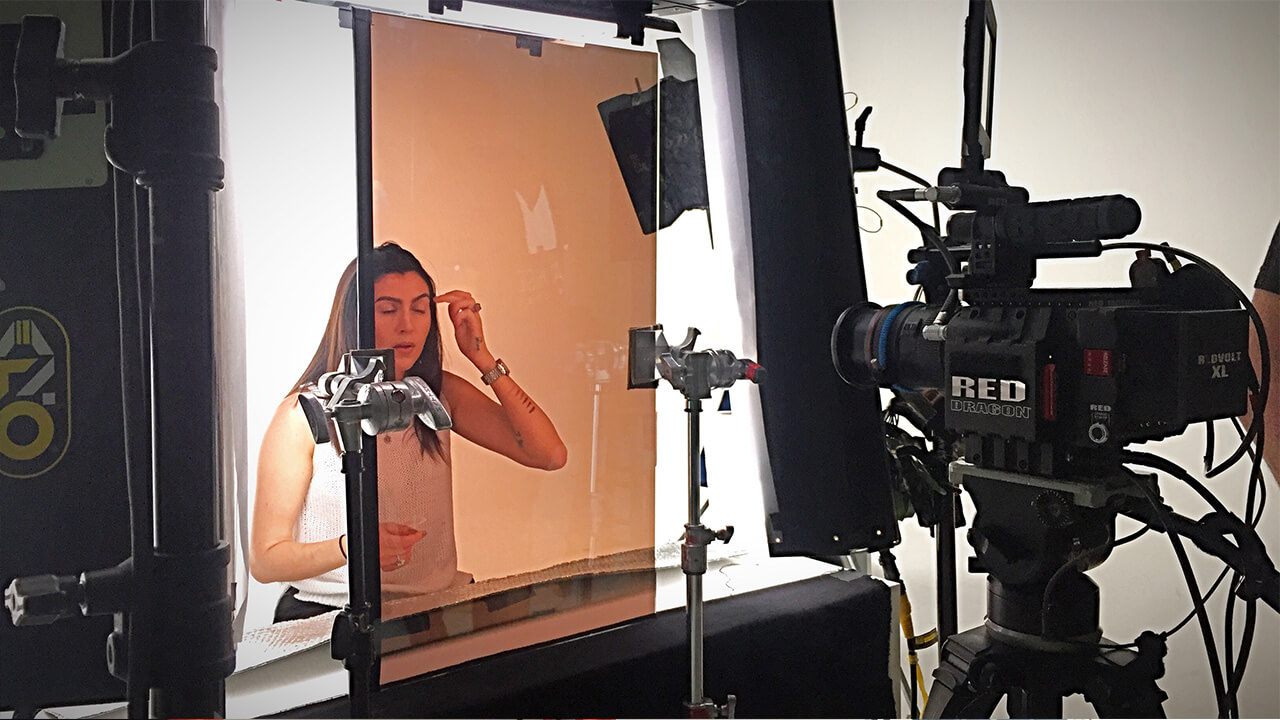The Enigmatic One-Way Mirror: A Photographer’s Tool for Unveiling the Unseen
The one-way mirror, a staple of interrogation rooms and security setups, holds a unique allure for photographers. Its ability to create a visual barrier that allows observation from one side while appearing as a standard mirror from the other opens up a world of creative possibilities. This article delves into the intricacies of using a one-way mirror in photography, exploring its applications, technical considerations, and artistic potential.
At its core, a one-way mirror is a piece of glass coated with a thin, reflective layer. This layer is semi-transparent, allowing a portion of light to pass through. The key to its function lies in the difference in light intensity between the two sides. The brighter side reflects more light, overwhelming the transmitted light, making the glass appear as a regular mirror. Conversely, the darker side allows the transmitted light to dominate, revealing the scene on the brighter side.

Lighting is Paramount
The success of one-way mirror photography hinges on controlling the light. The “observed” side must be significantly brighter than the “observer” side. This creates the illusion of a mirror for the subject while allowing the photographer to capture images from behind.
Studio Lighting: In a studio environment, powerful studio strobes or continuous lights are essential. The subject’s side should be brightly lit, while the photographer’s side should be kept dim. Black backdrops and light-absorbing materials can help minimize reflections.
Mirror Placement and Size
The size and placement of the one-way mirror are crucial for framing and composition.

Large Mirrors: Larger mirrors offer more flexibility in framing and allow for capturing wider shots. They can be incorporated into set designs or used as standalone backdrops.
Camera and Lens Considerations
Choosing the right camera and lens is essential for capturing high-quality images.
High-Resolution Cameras: High-resolution cameras allow for capturing fine details and offer more flexibility in post-processing.
Portrait Photography: Capturing Candid Emotions
One-way mirrors allow for capturing candid portraits without the subject being aware of the photographer. This can result in more natural and authentic expressions.
Documenting Natural Behavior: Capture subjects in their natural environment, engaged in activities without posing.
Conceptual and Fine Art Photography: Exploring Themes of Observation and Perception
The one-way mirror can be used to explore themes of observation, perception, and voyeurism.
Creating Surreal Images: Combine reflections and transparencies to create surreal and dreamlike images.
Fashion and Beauty Photography: Adding a Layer of Mystery
The one-way mirror can add a layer of mystery and intrigue to fashion and beauty photography.
Creating Unique Reflections: Use the mirror to create unique reflections and patterns.
Street Photography: Capturing Unseen Moments
While challenging, using a portable one-way mirror setup in street photography opens doors to capturing unique, unseen moments.
Documenting Urban Life: Capture candid moments of everyday life without disrupting the scene.
Minimizing Reflections
Reflections can be a significant challenge in one-way mirror photography.
Black Backdrops and Fabrics: Use black backdrops and fabrics to absorb light and minimize reflections.
Focusing Challenges
Focusing can be challenging due to the semi-transparent nature of the mirror.
Manual Focus: Use manual focus to ensure sharp focus on the subject.
Image Quality
The semi-transparent nature of the mirror can affect image quality.
Use a High-Quality Mirror: Invest in a high-quality one-way mirror to minimize distortion and light loss.
Safety Considerations
Mirror Stability: Ensure the mirror is securely mounted to prevent accidents.
The one-way mirror is a powerful tool for photographers seeking to explore new creative avenues. Its ability to create a visual barrier that allows observation from one side while appearing as a standard mirror from the other opens up a world of possibilities. By understanding the technical considerations and creative applications, photographers can harness the enigmatic power of the one-way mirror to capture unique and compelling images that reveal hidden perspectives and evoke a sense of mystery. It is a tool that allows the photographer to become a silent observer, capturing the unguarded moments that reveal the true essence of their subjects.
